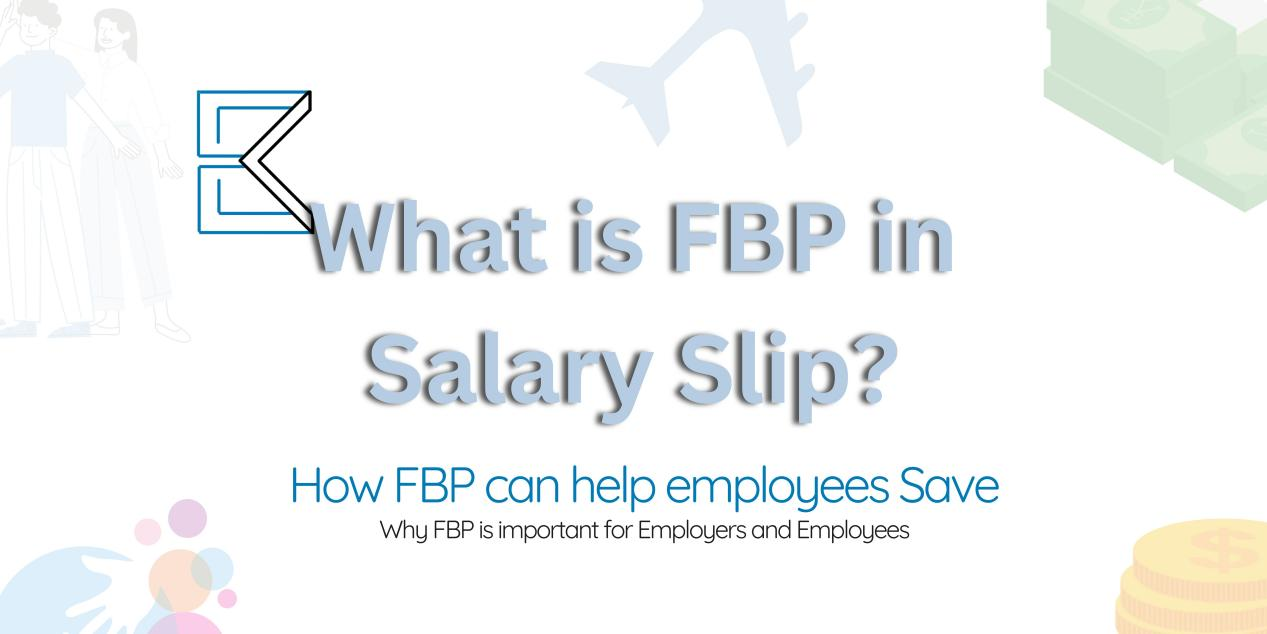What is FBP in Salary Slip?
Book a demoIntroduction:
In today's competitive job market, attracting and retaining talented employees requires more than just a competitive salary. Companies are increasingly turning to innovative strategies to provide comprehensive employee benefits that cater to individual needs. One such strategy gaining traction is the Flexible Benefit Plan (FBP). This article aims to delve deeper into what FBP entails in salary and explore its significance for employees and employers alike.
What is a Flexible Benefit Plan?
A Flexible Benefit Plan, often referred to as a cafeteria plan or a flex plan, is an employee benefits program that allows individuals to choose from a wide range of benefits and allocate a portion of their salary towards these benefits. Unlike traditional benefit packages, which are pre-determined by employers, the FBP empowers employees to personalize their compensation by selecting the benefits that align with their specific needs and priorities.
Understanding FBP in Salary:
When we talk about FBP in salary, we are referring to the portion of an employee's compensation that is allocated towards the benefits they choose within the flexible benefit plan. Rather than receiving a fixed benefits package determined solely by the employer, employees have the opportunity to customize their benefits, tailoring them to suit their unique requirements. Under an FBP, employees are presented with a menu of benefit options such as medical insurance, life insurance, retirement plans, child care benefits, transportation allowances, gym memberships, and more. Each employee can then select the benefits that are most relevant and appealing to them, allocating a certain portion of their salary towards those chosen benefits.
Benefits for Employees:
- Personalization: One of the key advantages of FBP is the ability to personalize the benefits package. Each employee can prioritize the benefits that matter most to them based on their life stage, personal circumstances, and preferences. This level of customization increases job satisfaction and helps employees feel valued by their employer.
- Work-life balance: FBP recognizes that employees have diverse responsibilities and commitments outside of work. By offering benefits such as flexible work hours, remote work options, child care assistance, or wellness programs, FBP promotes a healthy work-life balance. This, in turn, leads to improved employee well-being, reduced stress, and increased productivity.
- Tax advantages: Certain benefits chosen under the FBP may have tax advantages. For example, employees may be able to utilize pre-tax deductions for benefits like health insurance or contribute to tax-exempt retirement plans. These tax advantages can help employees save on taxes and maximize their take-home pay.
Benefits for Employers:
- Attraction and retention: In today's job market, attracting and retaining top talent can be a challenge. FBP can serve as a powerful tool for employers to differentiate themselves and attract skilled professionals. The ability to customize benefits based on individual needs demonstrates an employer's commitment to employee satisfaction and well-being, making their organization an attractive place to work.
- Cost management: Implementing an FBP allows employers to better manage benefit costs. By offering a variety of benefit options within a predetermined budget, employers can control expenditure and prevent unnecessary expenses. Employees assume more responsibility for their benefit choices, leading to cost savings for the organization.
- Increased employee engagement: FBP fosters a sense of ownership and engagement among employees. By involving them in the decision-making process regarding their benefits, employers empower their workforce and demonstrate that they value individual preferences. This level of involvement can positively impact employee morale, motivation, and productivity.
Conclusion:
In a world where personalization and employee well-being are increasingly valued, the Flexible Benefit Plan (FBP) offers a forward-thinking solution for both employers and employees. FBP allows individuals to design their own benefits package, tailoring it to their unique needs and preferences. This level of customization enhances job satisfaction, promotes work-life balance, and supports employees in achieving their personal and professional goals. By embracing FBP, companies create a workplace culture that values individuality and prioritizes employee well-being. This, in turn, contributes to increased attraction and retention of top talent, cost-effective benefit management, and higher employee engagement. Ultimately, FBP in salary empowers both employers and employees to create a win-win scenario that fosters job satisfaction and overall well-being.



